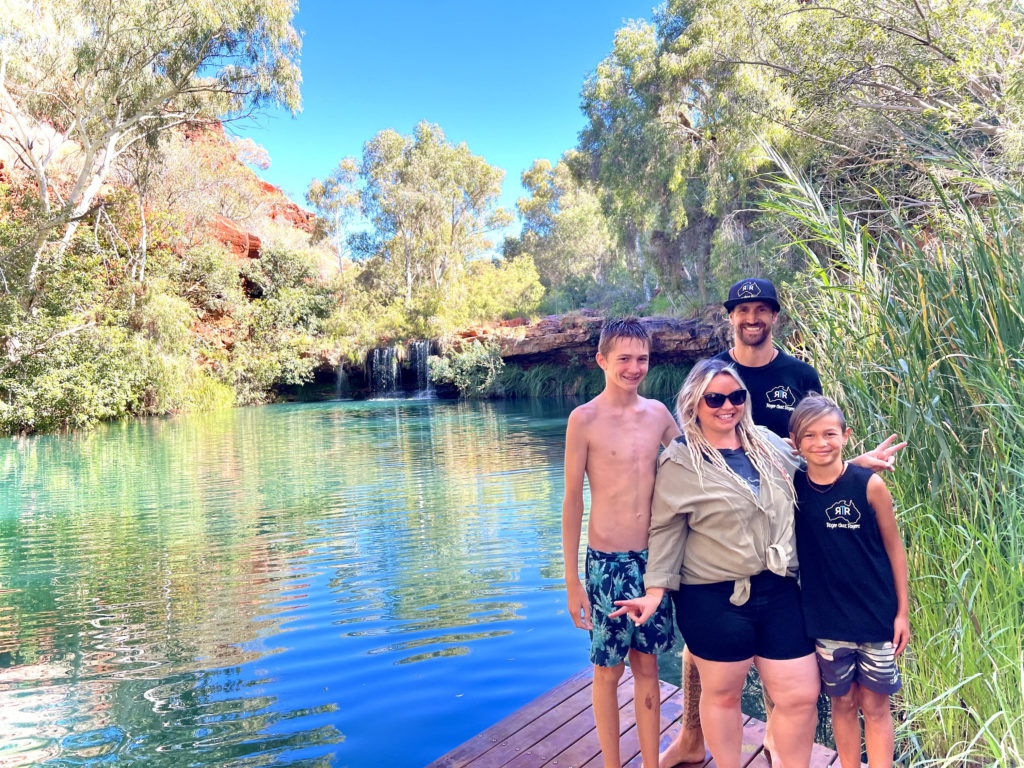
/ Resources /
Advice
Engaging reluctant readers

Helping our children learn to read can feel like a daunting task. There are effective methods to use for teaching reading strategies and engaging your reluctant readers, to help your children over bumpy roads, and to make reading fun.
If your child is having an especially difficult time after using these techniques or you notice a lot of tracking issues where they skip around the page or sentence while reading, or are writing letters and numbers backward after the age of 7 or 8, you will want to consider evaluation for sight tracking, dyslexia, or other learning challenges.
Teaching Reading Strategies.
The Euka Foundation and Grade 1 years provide students with the reading building blocks. They are learning to recognise single sounds and by the end of Grade 2 they will know 200 of the most common words found in children’s literature. Combine this with the following strategies and reading will begin.
Early Readers
Choose books with the 3 R’s – Rhyme, Rhythm, and Repetition.
These books and children’s rhymes and poetry are the best way to get started with reading. They have rhyme and rhythm built into the lines and sentences that naturally develop a speech pattern of fluency and cadence to help with the flow of reading. They also have word families built into the sentences with word repetition to help your reader become familiar with those words.
Begin by reading aloud to your child.
Reading to your child aloud from the earliest ages for at least 15 minutes per day has been proven to be effective in developing literacy skills in children. Make it a part of your daily routine. Model reading by pointing to each word as you read them and discuss the pictures on each page with your child.
Begin by reading a book with the 3 R’s and as your child becomes familiar with the lines, let them say the rhyming words at the ends of each line for practice in recognising word families.
Ex. “The cat in the _____ (hat).
sat on a ______ (mat).
Have fun learning sight words.
Euka uses the Dolch Sight Word reading lists in learning sight words. These are common words that require a reader to memorise and practice as they are often difficult to sound out.
As you have seen in the Euka program we often make flash cards for them (2 per word) to play matching games like a memory/concentration game, Go Fish, or Old Maid.
If your child finds sight words especially difficult to remember, write a portion of the difficult word in a different colour on the flash card and concentrate on practising that portion of the word.
Begin a book with the title, the cover, and pictures.
Before reading any book, read the title and talk about the cover of the book and what the book is about. Look inside and discuss the pictures to “set the stage” for your child.
Use Chunking in Reading Words.
Practice reading words by having your child cover the middle and last portion of the word with the tip of his/her finger and say the beginning sound or blend at the start of the word. Then cover that part of the word and concentrate on adding the ending (usually a word family) sound.
Practice daily reading for 5-10 minutes to avoid frustration and build up to longer reading times.
Older Readers.
Follow some of the same procedures for your older child, described above, by getting familiar with the book and learning sight words if needed.
Also, build in a read-aloud time together and allow your child to follow along in the book with you as you model reading for at least 15 minutes per day.
Use Chunking to read sentences and to build comprehension.
Reading 3-5 words at a time in a sentence helps your child from being intimidated as he/she reads as well as helping with comprehension while reading the sentence. At the end of each sentence, ask a question about the meaning of the sentence and suggest looking for what happens in the next sentence to cue your reader what to look for in the following sentence.
Progress toward reading the entire sentence and eventually multiple sentences and a paragraph, pausing to review what was read and what to look for next. Your reader will begin to naturally, with encouragement from you, do this on their own when reading alone.
Give your child opportunities to read alone for practice.
Providing your child with books that have audio allows your child to follow along with their sense of sight as well as listen to the words. This builds comprehension skills as well as familiarity with vocabulary and sight words and fluency as they listen to patterns of speech as they are read and they see them on the page.
If it provides a positive feedback experience, have your child record themselves as they read. When finished, have them listen to themselves as they follow along with the book so they can hear how they are doing with fluency.
Provide High Interest and Diverse Reading Materials at Less Challenging Levels.
Find out what hobbies and interests your child enjoys and find multiple types of reading materials from magazines of all levels and topics to graphic novels to recipes and directions for experiments and projects to build.
The idea is to find what they enjoy and find reading material to use along with their interests to get them engaged in reading for a purpose that interests them.
Most importantly make reading time a pleasure, Choose the location (maybe on the lounge with a rug, outside on a picnic blanket, or even in bed. Make it a fun enjoyable experience, and they will soon be reminding you when it is reading time!

You may also like

Welcome to the first series of Euka Stories. The purpose of this series is to give you a glimpse into the everyday lives of homeschooling families by shedding light on their challenges, triumphs, and trials. Our first story is about one of our family’s – The Rogers, who are travelling around Australia with their 2 […]
Welcome to the first series of Euka Stories. The purpose of this series is to give you a glimpse into the everyday lives of homeschooling families by shedding light on their challenges, triumphs, and trials. Our first story is about one of our family’s – The Rogers, who are travelling around Australia with their 2 […]

More and more parents are finding themselves facing the task of homeschooling without the luxury of time and research. This can occur due to various circumstances such as a sudden change in health diagnosis, a bullying incident, a family’s decision to move, or external factors that disrupt regular school attendance. Accidental homeschooling often involves parents […]
More and more parents are finding themselves facing the task of homeschooling without the luxury of time and research. This can occur due to various circumstances such as a sudden change in health diagnosis, a bullying incident, a family’s decision to move, or external factors that disrupt regular school attendance. Accidental homeschooling often involves parents […]

It may sound unnecessary to help your child find their voice when they are constantly demanding and outspoken, however helping a child find their voice means more than letting them say whatever they like, whenever they like. Finding their voice allows them to communicate effectively and appropriately. It is supporting and empowering them to develop […]
It may sound unnecessary to help your child find their voice when they are constantly demanding and outspoken, however helping a child find their voice means more than letting them say whatever they like, whenever they like. Finding their voice allows them to communicate effectively and appropriately. It is supporting and empowering them to develop […]





